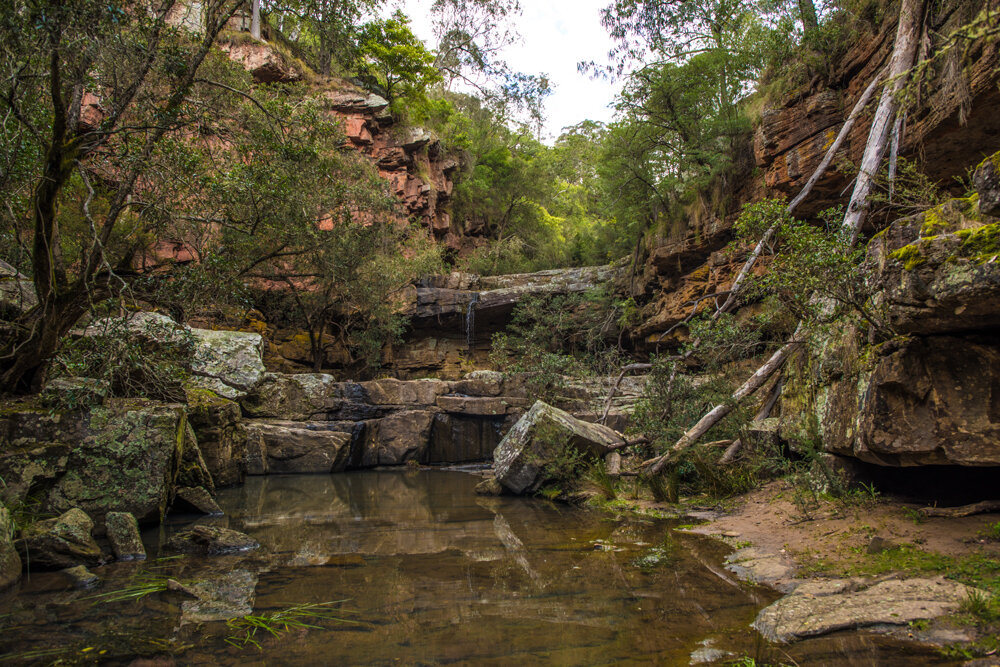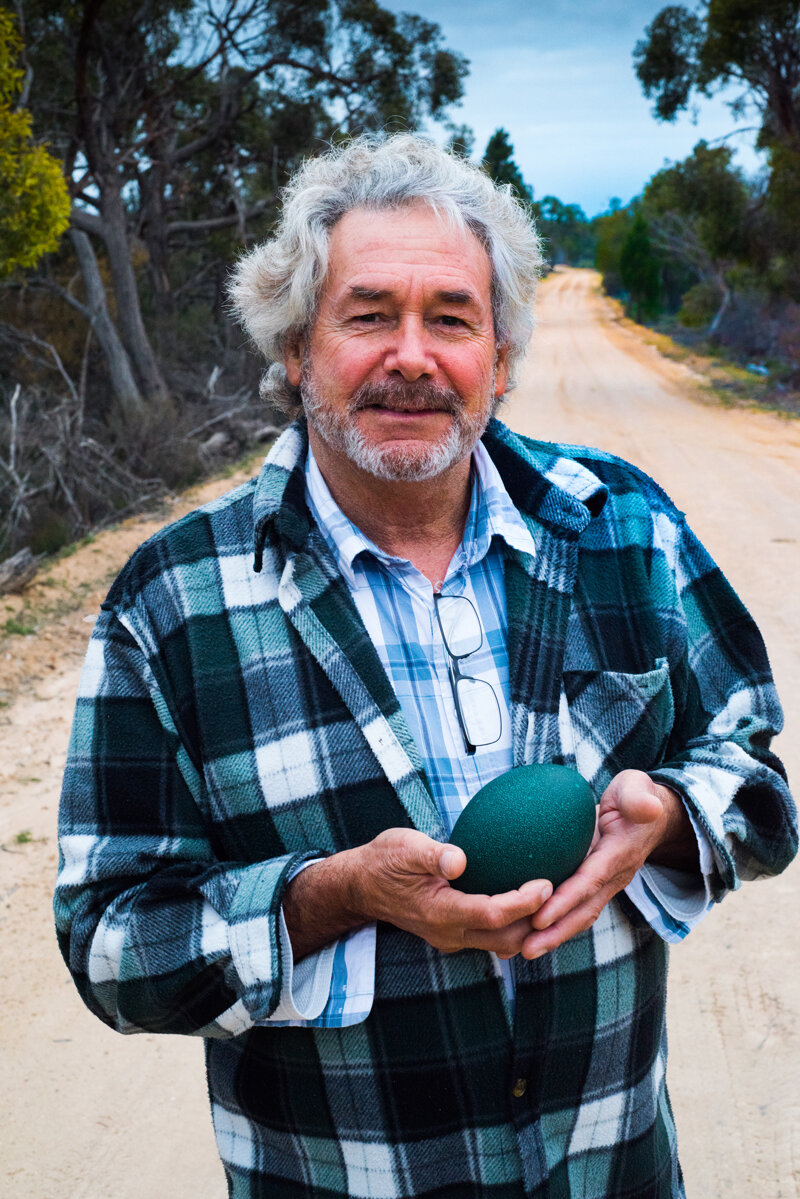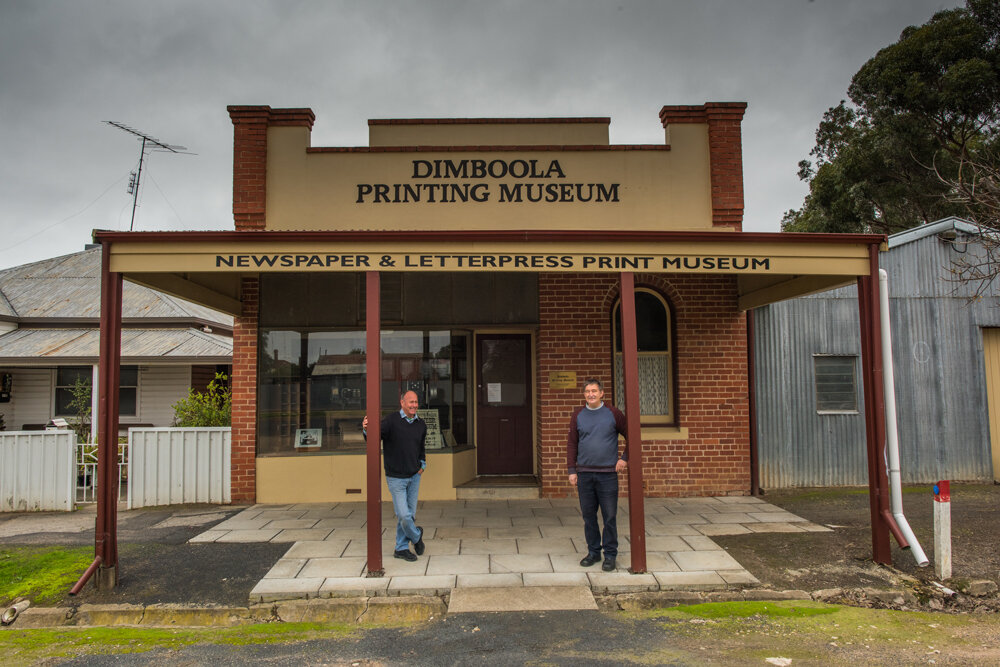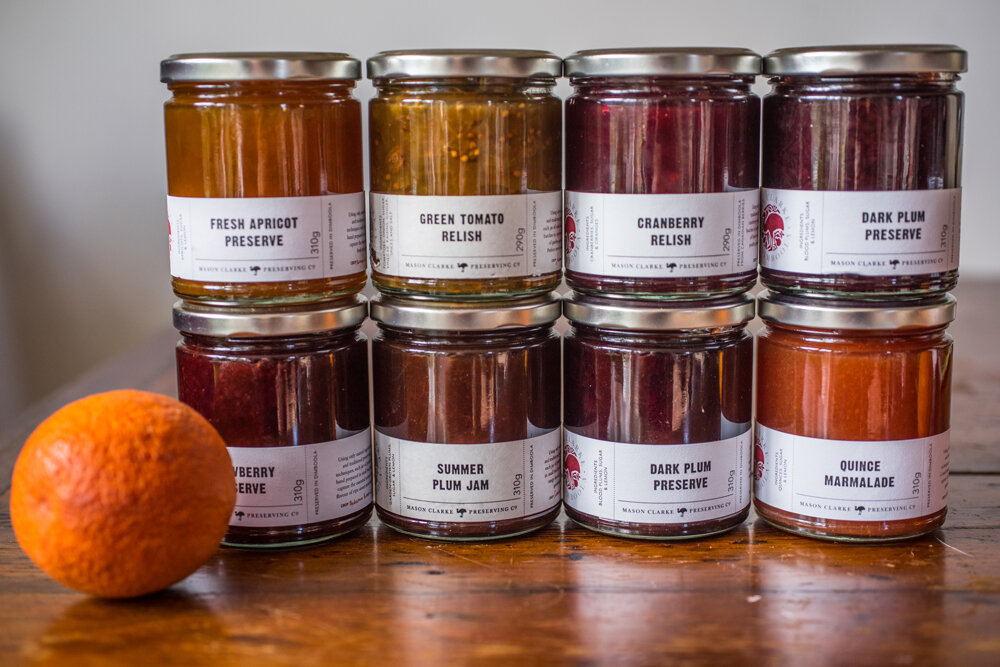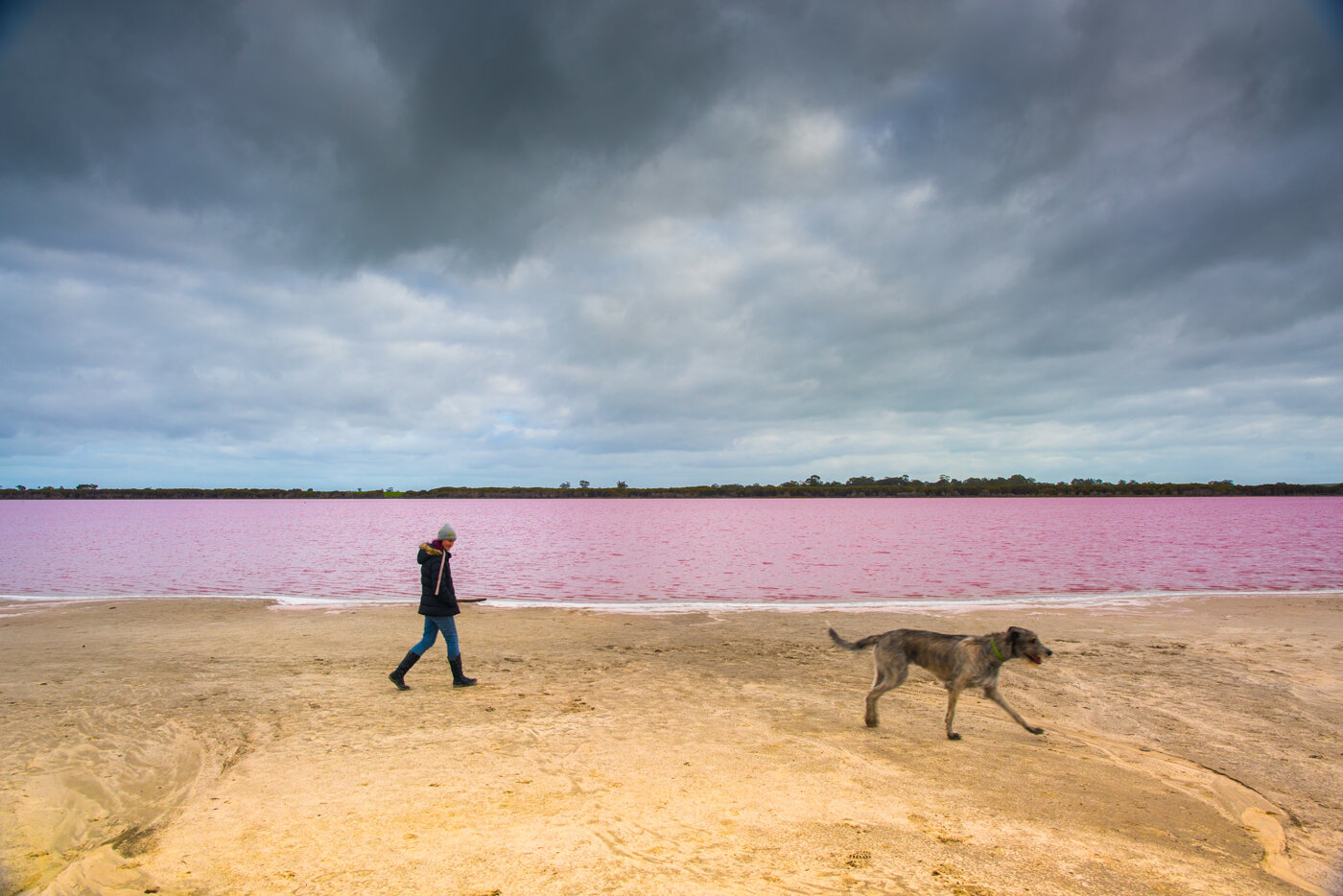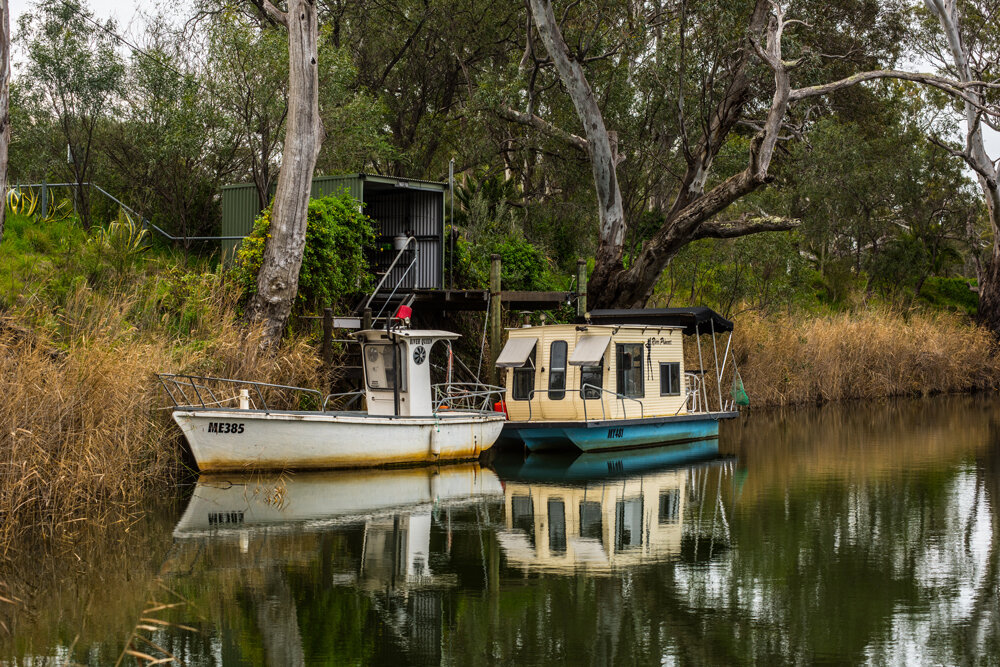Dimboola 3414
A town on the edge of a desert.
The Wimmera quietly meanders through the river red gum forest a block behind the main street of town. In drought, this river becomes a string of ponds. In the wet, it floods creating a stunning lake, held back by a weir, forming the backdrop to Dimboola’s Nine Creeks Reserve.
This is the site where Major Mitchell set up camp on his exploration of the country on his Australia Felix exploration of South East Australia in the 1830s. Later, when this area became a busy farming area and transport hub, the rich river flats were irrigated and farmed by Chinese market gardeners supplying food for the town.
This historic country town is 334 km west of Melbourne on the Western Highway. It is best known for being the setting of Jack Hibbert's famous play Dimboola.
Dimboola is also important to the local Aboriginal people with frequent meetings still being held near Horseshoe Bend. You can camp at Horseshoe Bend where the river cuts through the native pines and high sand dunes (www.parkweb.vic.gov.au). Look up into the forest to find some of scar trees around town where the local indigenous people cut their coolamons and canoes.
A short drive west from Dimboola is Pink Lake. When the rains come and the saline groundwaters rise this salt water lake fills and the salt-loving microbes produce beta carotene – the stuff that gives carrots their colour. Depending on the weather conditions Pink Lake can range in hue from dusky pink to vermillion. In summer the water recedes revealing a crust of pink salt. At that time of year, it is possible to see the Seymour Family from Mount Zero Olives joined with the local aboriginal community harvesting the pink salt to be later sold as Mount Zero Pink Salt.
The word 'Dimboola' however, is not an aboriginal word. It is in fact derived from a Sinhalese word for 'fig'. Supposedly there was a station in the district on which fig trees were grown. Dimboola is still renowned for the fruit trees that thrive in the gardens in and around town. The fruit from these is cooked into some of the best jams and jellies in the nation and made out the back of a little store in Dimboola’s main street. Local preserver Mary Clarke finds the best fruit from around the district and simply cooks it slowly with sugar in copper pots. Her jars of blackcurrant jelly are little masterpieces at capturing the flavour and aroma of fruit at its peak. Mason Clarke Preserving Co., 86 Lloyd Street, Open Sat-Sun, (03) 5389 2070, www.masonclarke.com.au
Dimboola is right on the edge of a vast National Park that contains some of the most diverse landscape in Australia. The Little Desert National Park covers over 130,000 ha. An important habitat for Malleefowl it was earmarked for clearing for farmland in the 1960s but was thankfully saved from the bulldozers. Here you’ll find over 900 different plant species from towering native pines to tiny terrestrial orchids. The gnarled Mallee gums, twisted banksias, and ancient river gums make a beautifully harsh landscape where you can thrill spotting an emu and his chicks or be awestruck by vast plains covered in great swathes of wildflowers in spring. (www.parkweb.vic.gov.au). From an aboriginal perspective consider indigenous man Bill Speedie’s Nullawokka Aboriginal Tours (0455 602 005). Within minutes of walking quietly through the bush, he has you spotting quail eggs and finding tracks in the sand of wallabies running scared. Finish the tour with sunset seen from on top of the dunes looking out to Mt Arapiles glowing in the last light of the day.
When the local newspaper, the Dimboola Banner, moved to more modern operations it left behind over a century of newspaper printing. Locals bought the building and machinery, renovated the old building, and opened the Dimboola Print Museum. Almost all the machines still work from the 19th-century printing presses to the hot metal typesetters. In the former front office is a replica of the first Banner from 1879 whose front-pager carried stories about the fear of the Chinese and whisky that had been adultered with fusel oil. This museum is a true hidden treasure and is supported by local philanthropists the Handbury Family.
There is a very impressive food festival held in Dimboola each year. In its first year in 2016, it boasted not one but three women from the C.W.A. It boasted not one but three women from the C.W.A. taking a masterclass into making the perfect sponge. This was being held at The Kitchen, also known as the Girl Guides Hall. Their people learned how to cook perfect duck breasts and serve them with local lentils. They also learned how to cook really healthy meals from what was in season with Jodie from Nourish’d Eatery in Horsham. There was a tour out to nearby Pink Lake (see below) hosted by Mount Zero Olive’s Richard Seymour. There were three indigenous food culture events including a sunset walk through the Little Desert National Park, an indigenous cultural tour through local parkland, and a dinner under the stars with yabbies, duck, kangaroo, and emu on the menu. The big-ticket event was Off The Grid: a six-course meal in a marquee at a secret riverside location.
The next festival is the third weekend in May annually. www.dimboolafoodfestival.com.au
